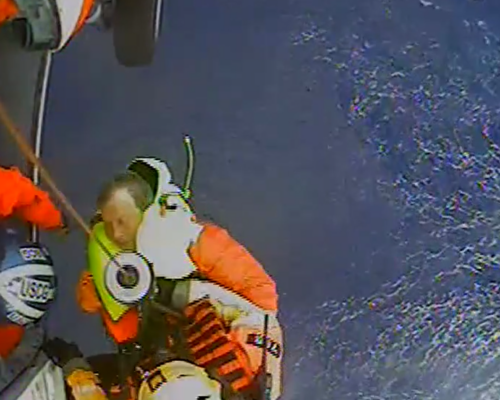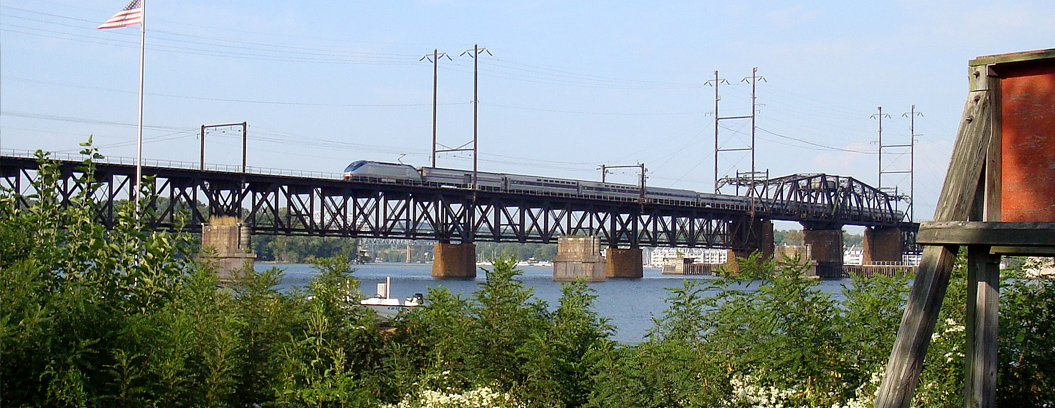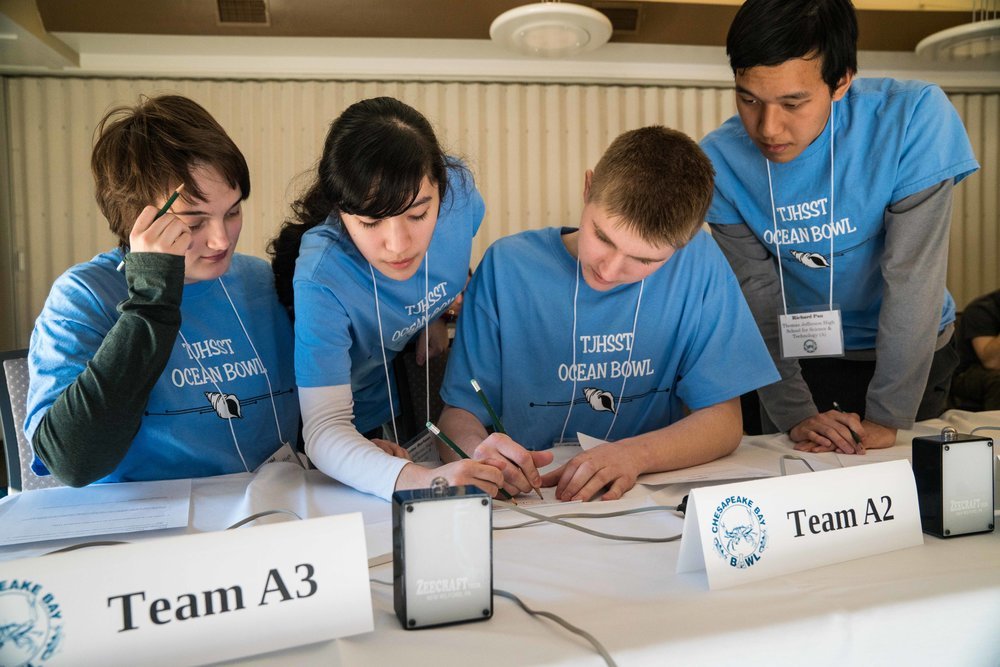Maryland Governor Larry Hogan is stepping up his efforts to solve a longtime Bay pollution problem caused by the Conowingo Dam on the Susquehanna River.
The dam has a reservoir that is meant to catch sediment and nutrients like phosphorus and nitrogen, which wash down from New York and Pennsylvania and pollute the Bay. But a study by the Lower Susquehanna River Watershed Assessment shows that reservoir is essentially at capacity, and can no longer stop the pollution that is flowing right into the Susquehanna and the Bay.
U.S. Geological SurveyThe study also found that without addressing this problem, the states can’t meet the Environmental Protection Agency’s Chesapeake Bay restoration goals required by 2025.
At the state’s first-ever Conowingo Dam Summit in early July, Governor Hogan formed a work group to seek solutions. The group includes members from the Maryland Departments of the Environment, Natural Resources, and Planning; the Port Authority; the University of Maryland Center for Environmental Science; the U.S. Geological Survey; the Army Corps of Engineers; the Susquehanna River Basin Commission; and Maryland Environmental Service.
The governor also issued a formal request to determine if there’s an efficient way to dredge the dam and reuse the dredged materials.
“By issuing this Request for Information, we are calling for innovative minds to step forward with good ideas, so that we can tackle this problem from all angles, with everything we’ve got.”
The dam is owned and operated for profit by power company Exelon Corporation. They are required to have a license from the Federal Energy Regulatory Commission (FERC). The license governs all aspects of hydropower facility operations, including environmental protection. Exelon’s current license expired in 2014, and the company has been operating the dam on a temporary annual license ever since.
Exelon filed an application with FERC for a renewed, long-term federal license back in 2012. Their application proposed spending $16,700 on the sediment problem each year. That license application has not yet been approved.
ConowingoDam.org, a nonprofit organization comprised of the Lower Susquehanna Riverkeeper, Waterkeepers Chesapeake, and American Rivers, says the federal relicensing offers a “once-in-a-generation opportunity” to repair the environmental damage the dam is causing. Under the federal Clean Water Act, the project must be certified by the state of Maryland to meets state water quality standards, before FERC can issue a new license. According to ConowingoDam.org, that gives the state a chance to “hold Exelon accountable for Conowingo’s environmental damage and improve the health of the Chesapeake Bay.”
Click here to read Jody Argo Schroath’s award-winning two-part series on the Conowingo Dam from 2011.



